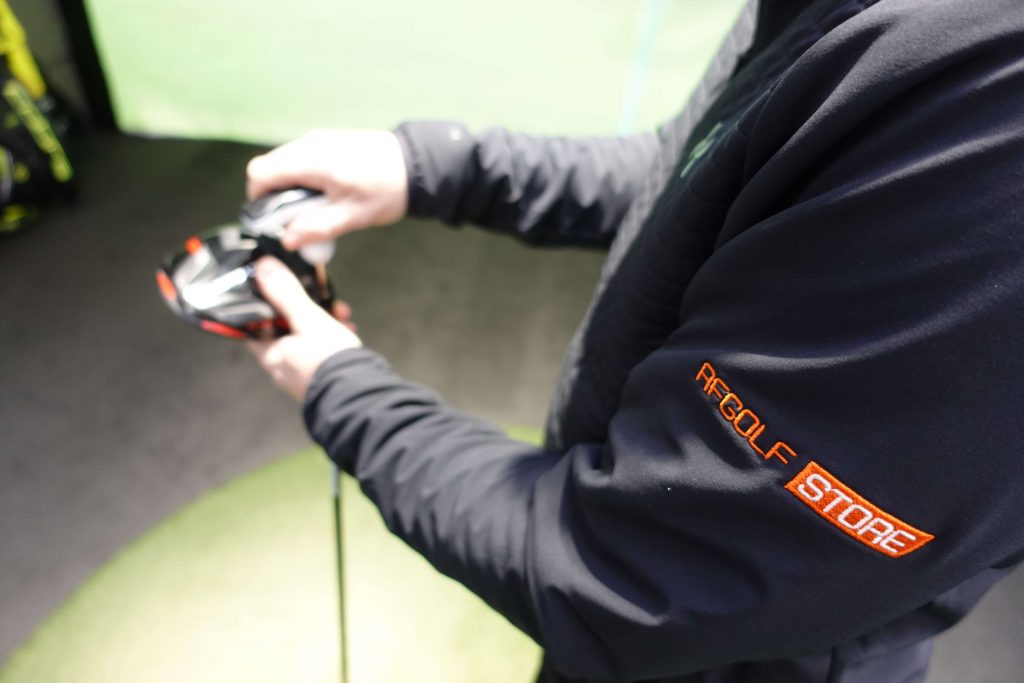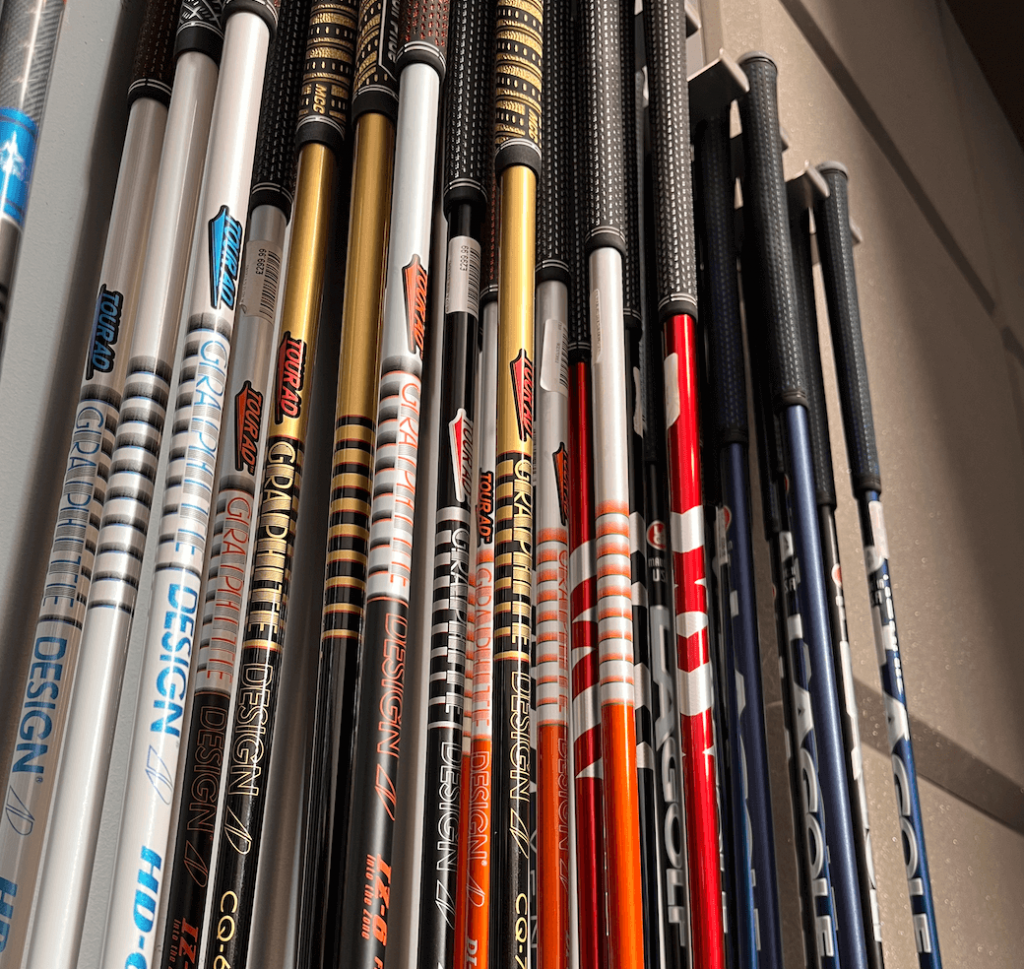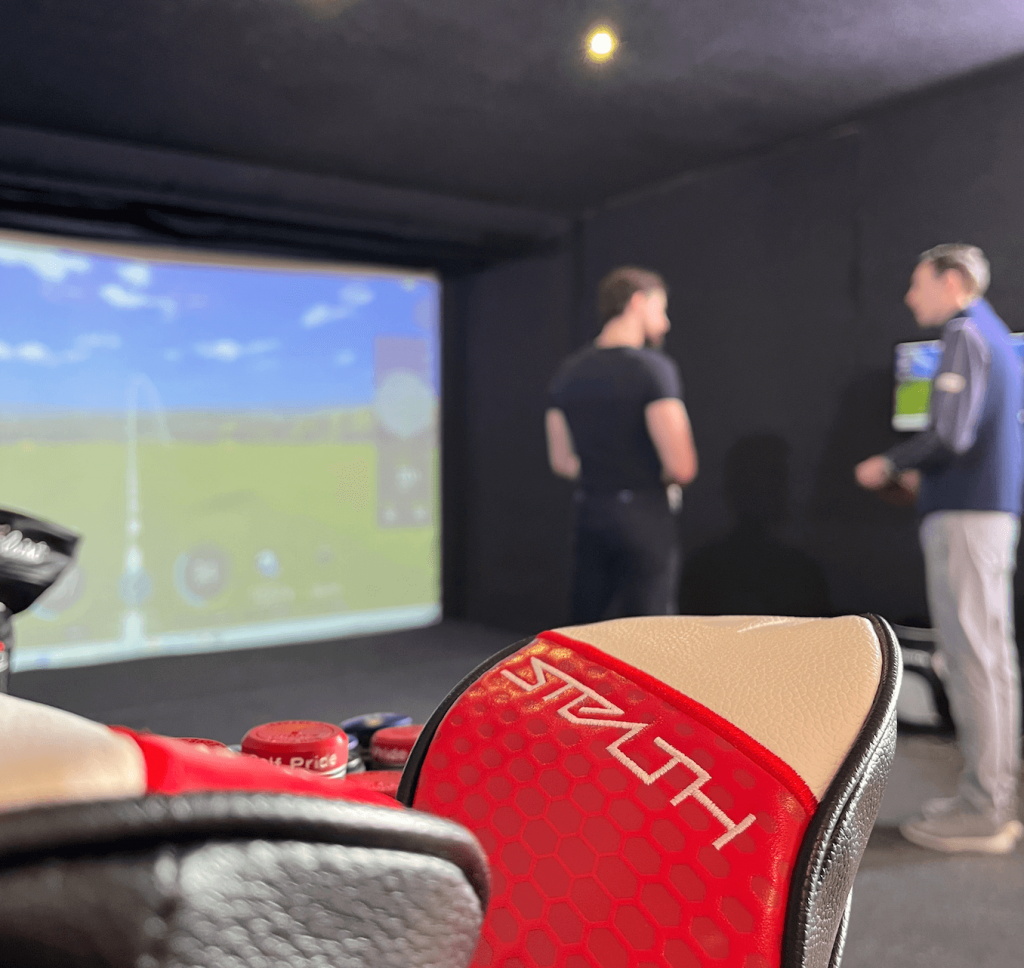Driver shafts are important to any golfer—but they can also pose several questions, many of which are best answered by an expert.
Matt Johnson from AFGolfStore, an independent golf retailer and fitting specialist, knows a thing or two about driver shafts. Here, he takes us through the fitting process for a new driver, and what driver shafts are currently on the market.
Driver shafts: all you need to know

At AFGolfStore, we have no brand bias and only allow our customers to purchase clubs that offer true performance gains. I fit for Callaway, Cobra, Mizuno, Ping, Titleist and TaylorMade, and I’ve been a fitter for seven years, including five with Titleist.
When fitting for a new driver, we’ll start by looking at how someone swings the club for a guide on their shaft flex. Generally speaking, anyone swinging the club under 95mph would fit into a regular shaft, 95-105mph would be stiff, and 105 mph-plus would be extra stiff.
But you also need to consider that some players will swing it quickly but not aggressively, with more smooth and natural power, so they might not fall into the right flex. Then, we’ll play around with the weight. A quick and smooth player may not load an extra stiff shaft particularly well—instead, a heavy stiff may be a better fit, but this is a good starting point.
Then, we’ll look at ball flight. You won’t typically change the shaft based on someone’s launch—instead, you would change the loft, as that will do more. Many people obsess about a high or low-launching shaft. Yes, this works on a robot, but humans can override that, or the centre of gravity location of the driver head will change launch and spin. And, of course, if you tell someone that it’s high or low, they’ll change their swing accordingly, so it’s not a true representation.
Next, we’ll look at whether they’re missing it left and right. If a player is struggling to release the head, we will go for something that’s more counter-balanced where the weight is predominantly in the handle, which helps the clubhead to release easier, which is good for those players with a bit of a cut or slice.
Driver shafts on the market in 2023

In terms of driver shafts available currently, TaylorMade has 6-7 stock options, as does Ping and Titleist, while Callaway and Cobra offer a bit less. This is generally fine, but the odd person might occasionally want something that’s not there.
The Mitsubishi Tensei is a very popular shaft, the black and blue model especially. The Mitsubishi Kai’li is a new range which has, in a sense, replaced the Diamana—they have three colours: red (high launch, mid spin), white (low launch, low spin) and blue (mid launch, mid spin), which has been gaining some great traction on tour.
The True Temper Project X is another very solid shaft. It’s quite firm, so if a player is quite aggressive, that can often be a good shaft to go with. It’s worth noting there isn’t a tour version of the Project X, so all the shafts are the same.
There are also some excellent offerings from Project X with HZRDUS, which are in pretty much everyone’s stock option.
The Fujikura Ventus has been a hot shaft for a few years now—there are two types of Ventus shaft, one for retail and one for tour level. TaylorMade offers the Ventus shaft in the Stealth and Stealth 2, but it’s worth noting that the tour offering has VeloCore patented technology. That’s what makes it so ridiculously good but also more expensive.
The technology essentially means the head twists less, so you get less gear effect and less curvature in the ball flight, which results in very straight shots. We offer the VeloCore options in red and blue at AFGolfStore, which can fit into any head for testing.
Some people know everything about driver shafts before they come to us for a fitting, while others just want something that works, and they won’t really ask about the shaft—rather just about the flex. There’s a lot of data and information out there which can be both helpful and confusing at the same time.
Put simply, it comes down to a combination of launch and spin. If someone hits six degrees up on a driver, they probably don’t want too much loft. For example, Justin Thomas hits three degrees up, and uses a 9.25˚ driver. We use loft for ball flight, and we’ll generally optimise the flight in terms of launch, peak height and spin. Someone swinging the club at 80mph or 120mph can use the same lofts as long as they’re producing that same landing angle—we’re trying to get that around 35-37˚ for the driver.
Drivers on the market in 2023

This year, we’ve seen a lot of new drivers come out, and the Ping G430 is ridiculously good, super stable and super quick. You wouldn’t generally think of a Ping driver for distance, more for forgiveness, but the G430 is very good for any standard of golfer.
There has been a lot of buzz for the Callaway Paradym driver, too, while TaylorMade repeatedly brings out good drivers. The hype hasn’t been quite as high as when the Stealth came out, though, and we’ve seen a subtle change with the carbon crown with the Stealth 2 this year, but it still performs very well.
Titleist offers different heads, which makes fitting easy, and the new TSR3, in particular, is phenomenal—you’d struggle to find anything quicker than that. When you look at what the non-contracted players are using, that is normally a good barometer, and the TSR and the previous TSi are both very popular.
Nowadays, options are excellent for a new driver with a stock shaft. Generally, you can fit someone in 30 shots which is great, as people get tired of hitting a lot of drivers, and if people listen to you properly, you can easily do it in that amount of shots.
Many thanks to Matt for his time and insight!
About AFGolfStore

AFGolfStore was created from a small pro shop in Cambridge in 2019 and comprises three golf superstores in Cambridge, Milton Keynes and Peterborough. Operated by PGA professionals, the team is not commissioned or focused on selling specific brands or products, which guarantees them finding the right solution for the customer. AFGolfStore is also on Twitter at @AFGolfStores.




